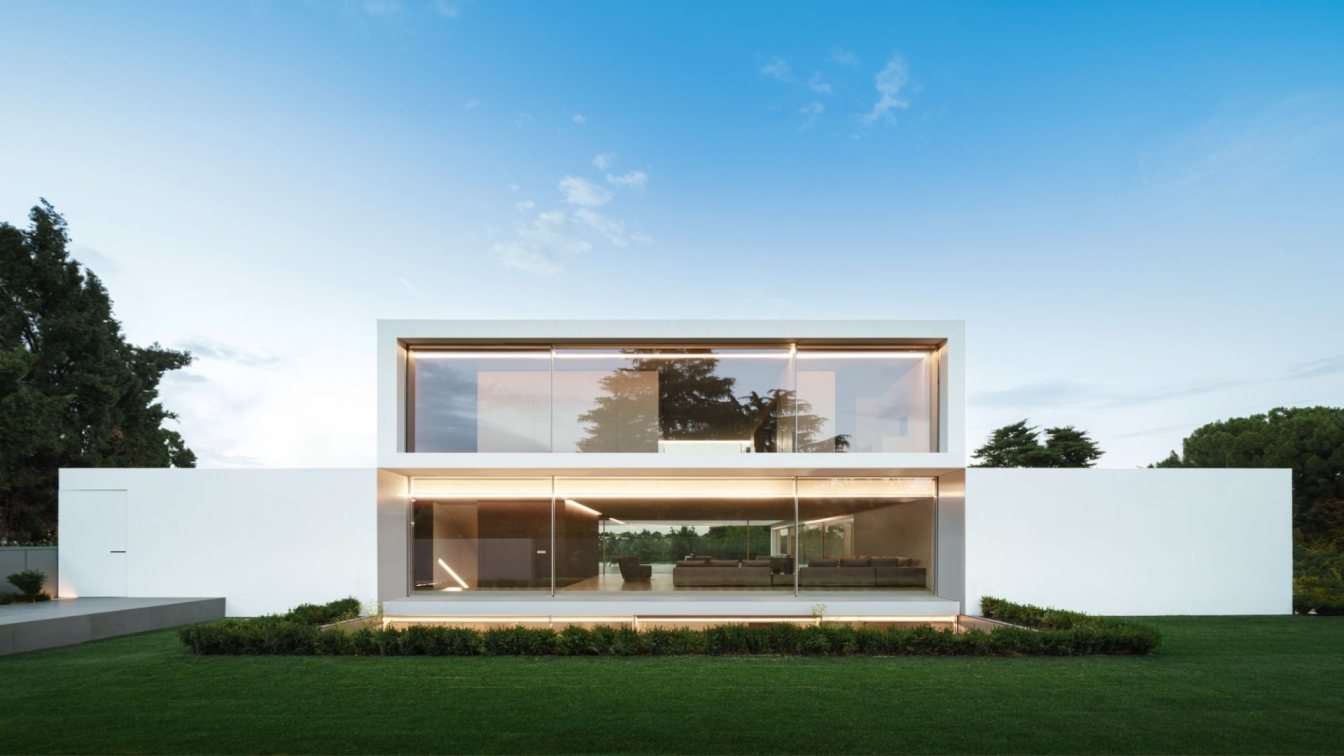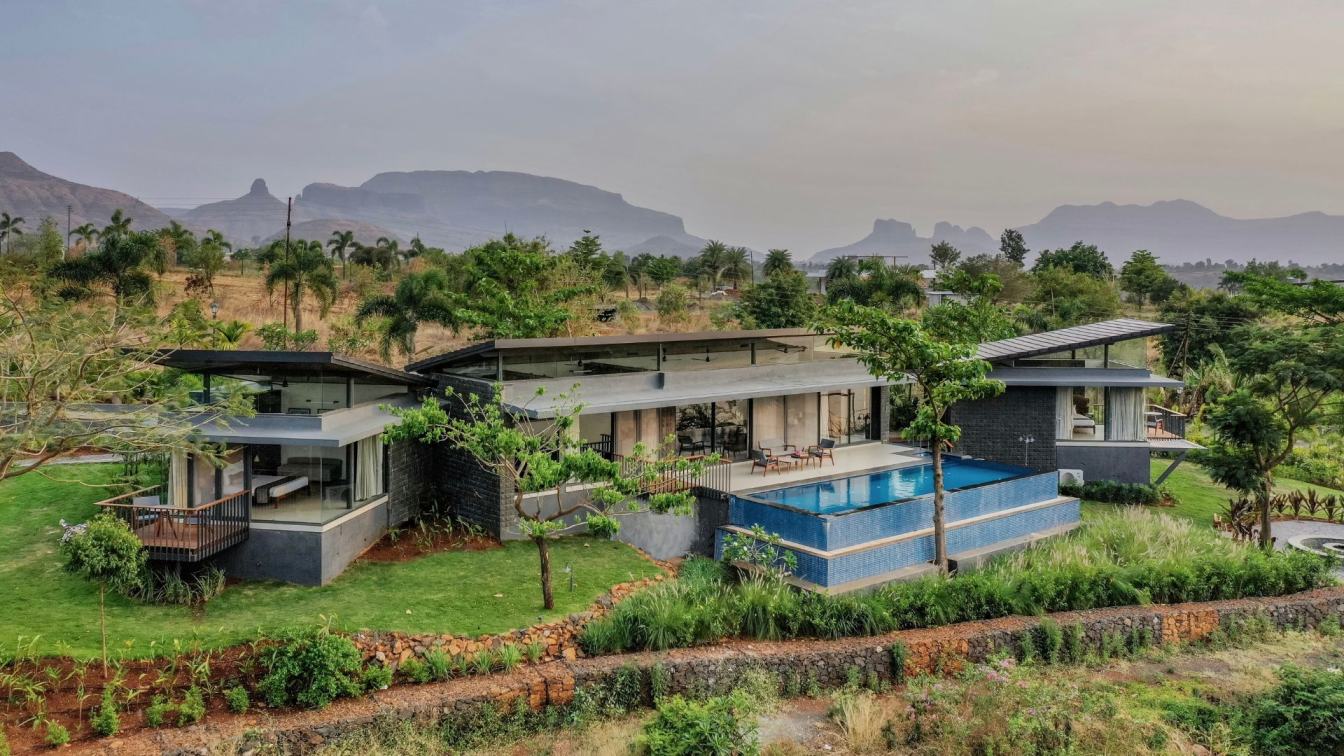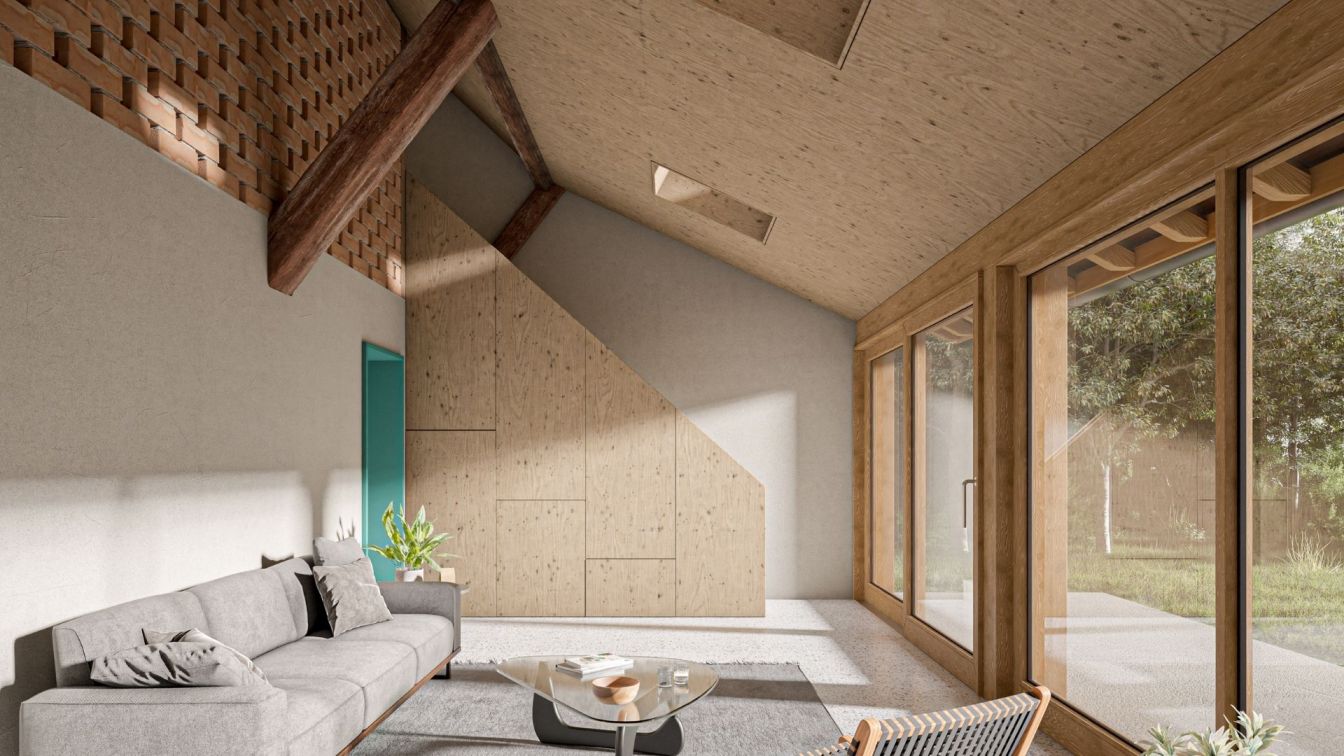Fran Silvestre Arquitectos: The ancient Greeks, Etruscans and Romans implemented in their aristocratic residences a new architectural system known as compluvium, designed to divert rainwater into the impluvium. This structure, located in the heart of the domus, not only had an initial practical function of expelling smoke from internal fires, but also evolved to improve fundamental aspects such as natural lighting, room ventilation and the efficient accumulation of rainwater.
Over time, the compluvium increased in size and complexity, becoming a crucial element for the aesthetics and functionality of the house, optimizing the comfort and well-being of its residents. This system not only reflected the technical sophistication of these cultures, but also underscored the importance of water as a central resource in domestic and ritual life.
In the contemporary context of this house located in the center of Madrid, this architectural tradition is reinterpreted to adapt to current needs. The house, like the ancient domus, uses a central element that provides privacy from neighboring buildings while organizing the interior space. The rooms and common areas are distributed around this core, opening views toward the interior courtyard.
The dual functionality of this design allows the house to enjoy an open and fluid spatiality, while maintaining a protected atmosphere. The interaction between the interior and exterior is enriched by the presence of a sheet of water in the courtyard, which not only refreshes the environment but also provides a visual and acoustic focal point. This sheet of water is strategically placed to take advantage of the elevated views over the adjacent houses, offering a visual showcase to the sky and the natural elements, recalling the original functionality of the Roman compluvium.






















































